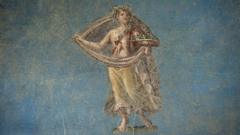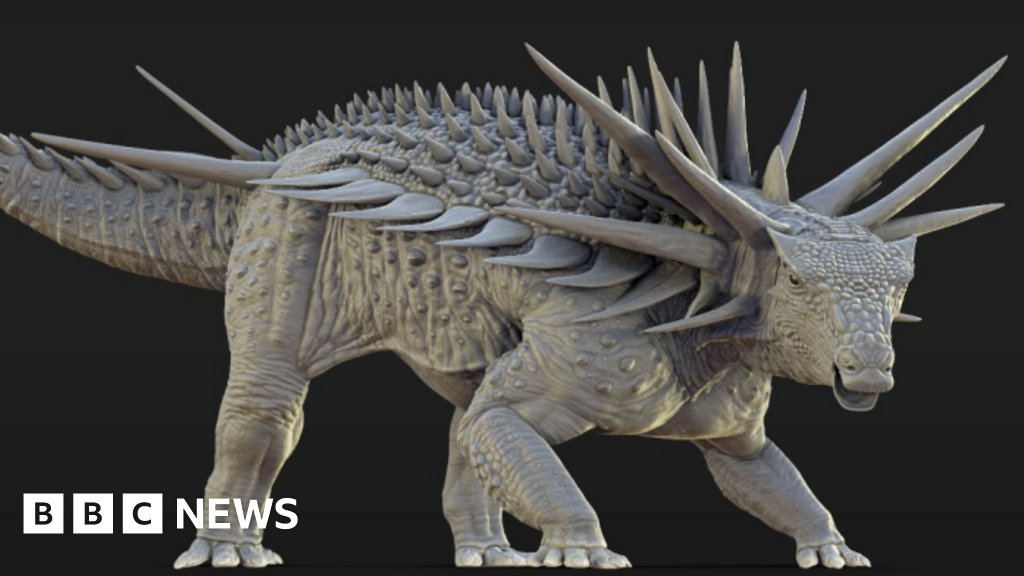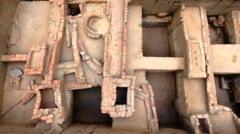After lying dormant under volcanic ash for millennia, a remarkable find has been made in Pompeii, Italy, illuminating the decadent lifestyle of its ancient inhabitants. Archaeologists recently uncovered a lavish private bathhouse—potentially the largest ever found in the city—complete with meticulously designed hot, warm, and cold rooms, breathtaking artwork, and an expansive plunge pool. This spa-like facility lies at the center of a grand residence that has been unearthed during an extensive excavation over the last two years.
“It’s remarkable how these spaces capture a flash of life from a time long past,” says Dr. Gabriel Zuchtriegel, director of the Archaeological Park of Pompeii, who shared this exclusive discovery with tasks of revealing more about Pompeii's vibrant history.
The bathhouse, adorned with vibrant red walls and intricate mosaic flooring, serves as a testament to the status of its owner—likely Aulus Rustius Verus—identified as an influential politician of Pompeii. Archaeologists have confirmed that only a select few wealthy individuals possessed such private bath facilities, making this find a significant marker of the elite lifestyle among ancient Romans.
A documentary crew has been following the research teams for a series titled “Pompeii: The New Dig,” which aims to share these thrilling discoveries with the public. The comprehensive investigation has since revealed not only the bathhouse but also connected establishments, including a bakery and a laundry, indicating that these facilities belonged to one prosperous individual.
Intriguingly, the discovery of two skeletons among the ruins adds a layer of tragedy to this uncovered luxury. The remains of a woman clinging to jewelry were found alongside a younger man, both victims unable to escape from the catastrophic eruption of Mount Vesuvius in AD79. This poignant reminder of the disaster strikes a stark contrast against the ornate beauty of their surroundings, emphasized by the chilling words of Pompeii conservator, Dr. Ludovica Alesse, who notes that every artifact contributes to the haunting narrative of that fateful day.
This sports-complex-style bathhouse, featuring a cold plunge pool large enough for up to thirty bathers, provides a glimpse into the social lives of the elite classes. Visitors would have enjoyed oil massages, sauna-like warmth, and vibrant frescoes surrounding them, underscoring the grandeur of their daily routines. Yet, just a breath away, the boiler room illustrates the stark reality faced by slaves forced to endure unbearable heat while meeting the whims of their wealthy owners.
“The juxtaposition of such luxury against the hardships faced by the servants is heartbreaking and speaks volumes of the class divide,” noted Dr. Sophie Hay, highlighting that a mere wall differentiates these two worlds.
As the excavation work nears its completion, the researchers continue to uncover remarkable artifacts, shedding light on the everyday life and societal dynamics within Pompeiian residences. Each revelation underscores the shared human experience of both opulence and suffering—an eternal reminder of the city that was frozen in time.
Limited access to the ongoing dig is currently available to visitors, but once the excavation reaches completion, it is planned to open the findings to the public, allowing a broader audience to connect with the shared history of Pompeii’s ancient culture.























